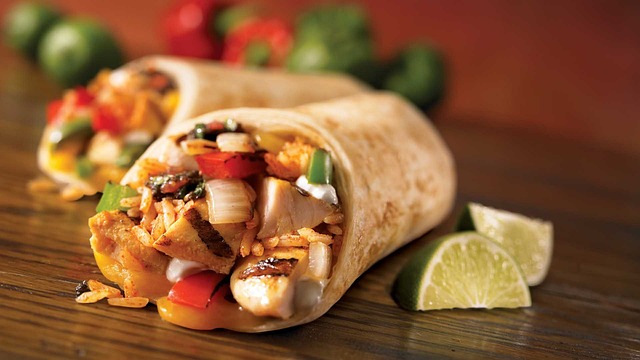Introduction
Briefly introduce Thai food and its popularity worldwide
Mention the unique characteristics of Thai cuisine, such as its spices, flavors, and aromatic herbs
Highlight how Thai food is not only delicious but also offers a balance of flavors and textures
A Brief History of Thai Food
Discuss the historical influences on Thai cuisine, including Chinese, Indian, and Malay influences
Explain how the blending of different cuisines has resulted in the diverse and flavorful dishes found in Thai cuisine today
Mention the importance of rice in Thai culture and its significance in Thai food
Flavors and Ingredients
Explore the different flavors commonly found in Thai food, such as sweet, spicy, sour, and salty
Discuss the key ingredients used in Thai cooking, including lemongrass, galangal, kaffir lime leaves, and Thai chilies
Highlight the importance of fresh herbs, such as cilantro and Thai basil, in adding depth and aroma to Thai dishes
Spices and Seasonings
Dive into the variety of spices and seasonings used in Thai cuisine, such as coriander, turmeric, cumin, and cardamom
Explain how these spices not only enhance the flavors but also offer medicinal properties in traditional Thai medicine
Mention the use of fish sauce and shrimp paste as common seasonings in Thai cooking
Popular Thai Dishes
Explore some of the most well-known Thai dishes, such as Pad Thai, Tom Yum Soup, and Green Curry
Provide a brief description of each dish, including its key ingredients and unique flavors
Include lesser-known dishes that showcase the diversity of Thai cuisine, such as Som Tam (Green Papaya Salad) and Massaman Curry
Regional Variations
Discuss the regional variations within Thai cuisine, such as the spiciness of dishes in the Northeastern region (Isan) and the use of coconut milk in Southern Thai cuisine
Highlight how each region has its own signature dishes and flavors, adding to the richness of Thai food culture
Street Food Culture in Thailand
Talk about the lively and bustling street food scene in Thailand
Describe the variety of street food available, from savory snacks to sweet desserts
Discuss the experience of eating street food, including the vibrant atmosphere and the opportunity to interact with local vendors
Thai Food Etiquette
Share some basic Thai food etiquette tips, such as using a spoon and fork rather than chopsticks
Explain the concept of "kin khao" (eating rice) and how it influences Thai dining culture
Mention the importance of sharing dishes and taking turns ordering in a group setting
Conclusion
Summarize the key points discussed in the article about Thai food and its rich culinary heritage
Encourage readers to explore and try Thai cuisine, either through visiting Thai restaurants or experimenting with Thai recipes at home
Emphasize the pleasure and enjoyment that awaits in discovering the vibrant flavors of Thai food.









